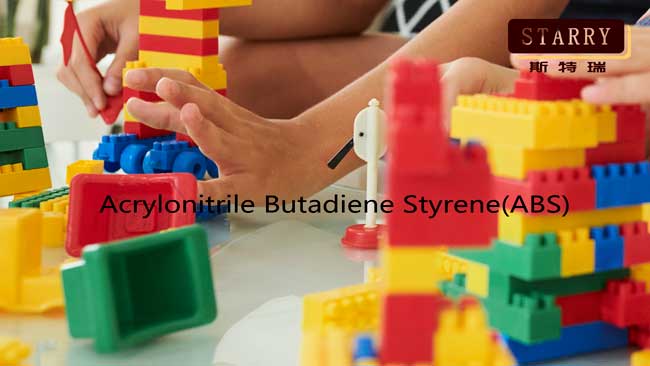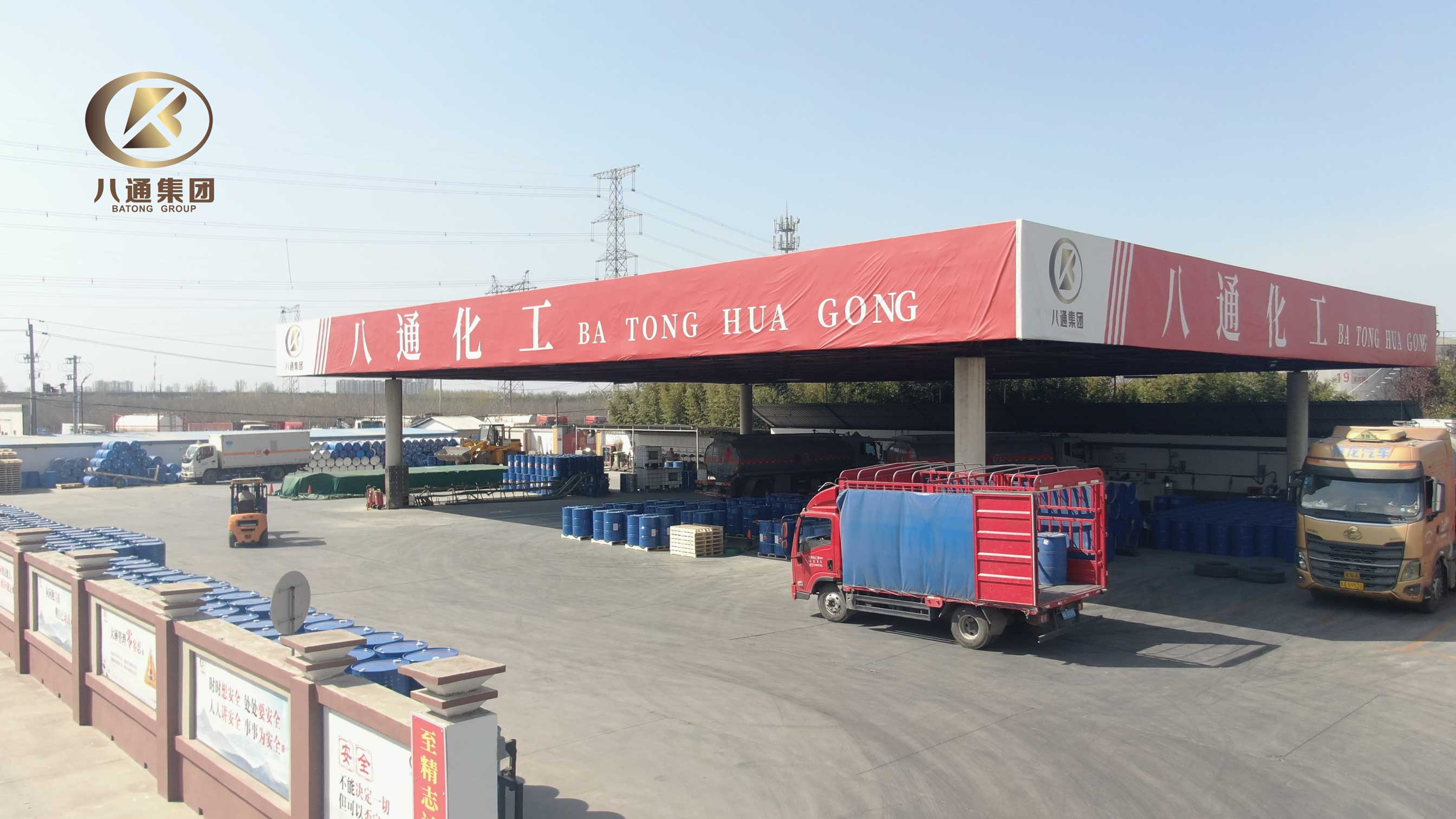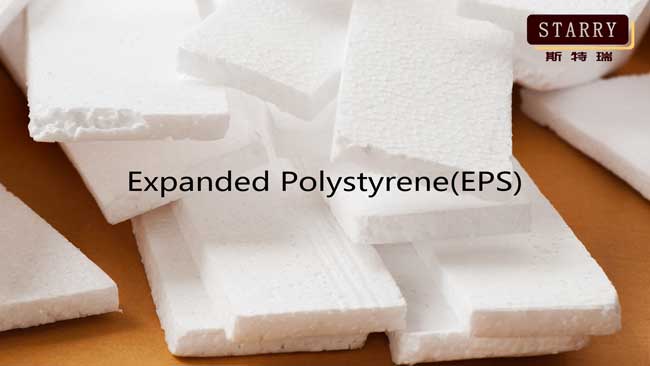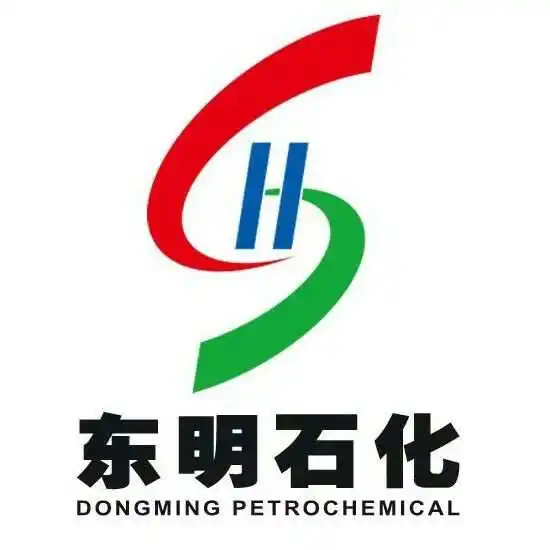Styrene to ABS
Styrene to ABS
Release Time:2024-04-08
Read:

Styrene and acrylonitrile are two commonly used monomers in the production of plastics. They can be polymerized together to create a polymer known as styrene acrylonitrile copolymer (SAN). However, SAN has certain limitations in terms of impact resistance and heat resistance.
To overcome these limitations, a modification process called Styrene to ABS (Acrylonitrile Butadiene Styrene) is employed. ABS is a terpolymer consisting of three monomers: acrylonitrile, butadiene, and styrene. This combination gives ABS enhanced properties compared to SAN.
ABS is known for its excellent impact resistance, high strength, and good heat resistance. It is widely used in various industries, including automotive, electronics, and consumer goods. ABS can be easily molded into complex shapes, making it a popular choice for manufacturing parts and components.
The Styrene to ABS conversion process involves blending butadiene and acrylonitrile with styrene in the presence of a catalyst. This results in the formation of a terpolymer with improved physical and mechanical properties.
In conclusion, Styrene to ABS is a process that enhances the properties of styrene by adding acrylonitrile and butadiene to create a terpolymer with improved impact resistance and heat resistance. ABS is widely used in various industries due to its versatility and excellent performance.
If you need solvents like Butanone, Cyclohexanone, Acetone, Toluene, Benzene, Styrene, Xylene, Isopropanol, Ethanol, Methanol, Butyl Acrylate, Ethyl Acetate, N-butyl Acetate, etc., mainly used in paints, coatings, spray paints, printing, leather, ink, and pharmaceutical intermediates. You can contact Batong Chemical Group















Leave A Reply